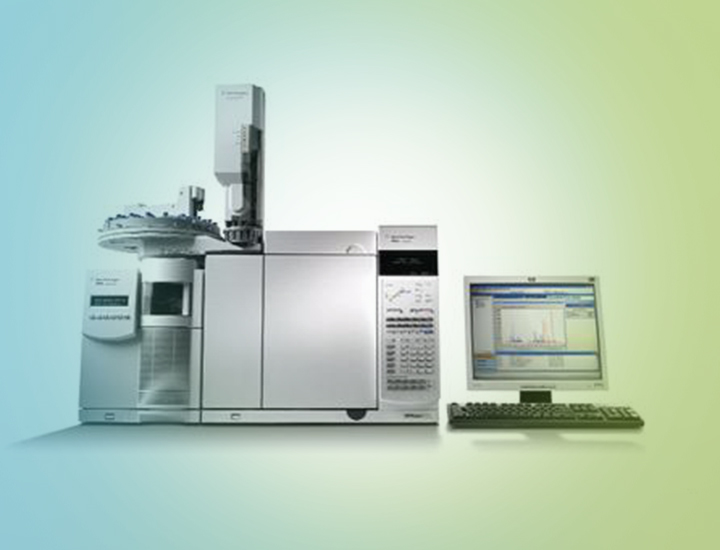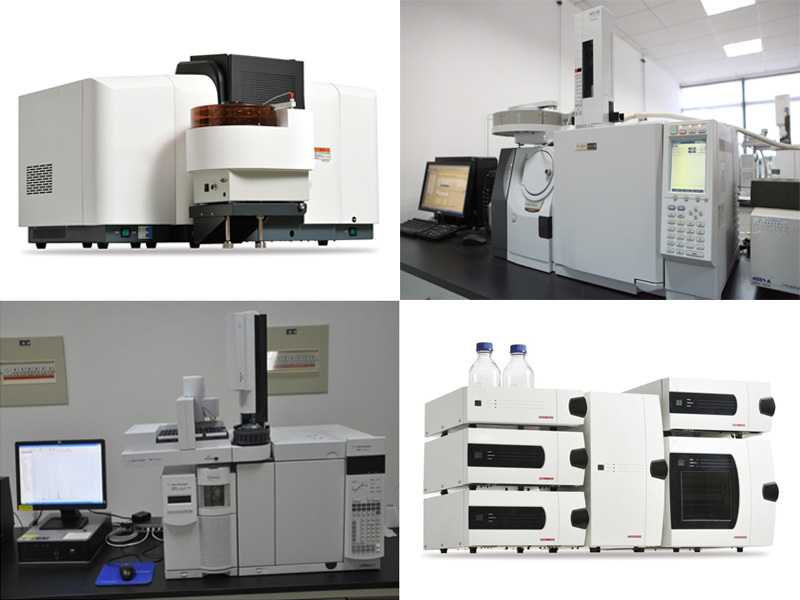
Shanghai Xiongtu Biotechnology Co.,Ltd.

Tel:
021-37651195
Shanghai Xiongtu Biotechnology Co.,Ltd.

Tel:
021-37651195
 |
1、 Chromatography Chromatography is a separation analysis method that utilizes the selective distribution of different substances in different phase states to elute a mixture relative to the stationary phase. Different substances in the mixture move along the stationary phase at different speeds, with the aim of separating the mixture into various pure substances, which are then detected separately using methods such as spectroscopy and mass spectrometry. Divided into liquid chromatography, gas chromatography, etc. |
|
 |
2、 Mass spectrometry Mass spectrometry technology is an identification technique, and mass spectrometry analysis is an analytical method for measuring the mass charge ratio (mass charge ratio) of ions. It generally consists of a sample introduction system, an ion source, a mass analyzer, a detector, a data processing system, and other components. The basic principle is to ionize the components in the sample in an ion source, generating charged ions with different charge to mass ratios. Through the action of an accelerating electric field, an ion beam is formed and enters the mass analyzer. In a mass analyzer, the opposite velocity dispersion of electric and magnetic fields is utilized to focus them separately and obtain mass spectra, thereby determining their mass. Among numerous analytical and testing methods, mass spectrometry is considered to have the advantages of high specificity, high sensitivity, low sample size, fast analysis speed, and simultaneous separation and identification. It is widely used in various fields such as chemical engineering, microbiology, environment, energy, drug analysis, life sciences, materials science, and food safety. |
|
 |
3、 Spectral analysis Spectrum: It is a pattern of monochromatic light that is dispersed by a dispersive system (such as a prism or grating) and arranged in sequence according to wavelength (or frequency). It is also known as optical spectrum. Spectroscopy is the analysis of specific spectra obtained through the absorption of light by substances or their own excitation. By using a spectrometer to capture light information, computerized automatic display of numerical values and analysis, it is possible to determine what elements are contained in unknown objects. Heavy metal detection is an important testing item that cannot be ignored in current food safety and environmental testing. Heavy metal pollution is closely related to people's lives, mainly in food, feed, food, vegetables, aquatic products, drinking water, oil, beverages, etc. There are many types of instruments used for detecting heavy metals nowadays, and the most commonly used ones are atomic spectroscopy instruments, mainly including atomic absorption spectroscopy (AAS), atomic fluorescence spectroscopy (AFS), etc. |
 Atomic absorption spectroscopy
Atomic absorption spectroscopy
 Atomic absorption spectroscopy
Atomic absorption spectroscopy
